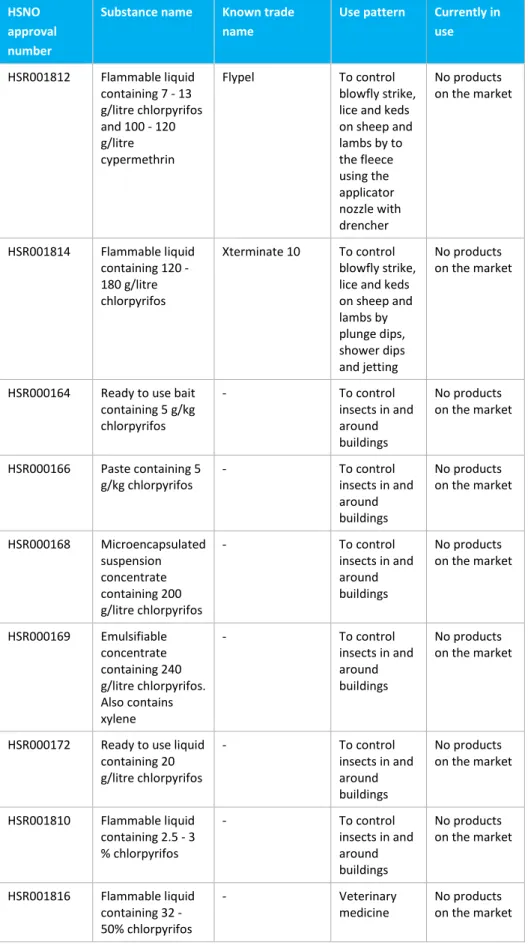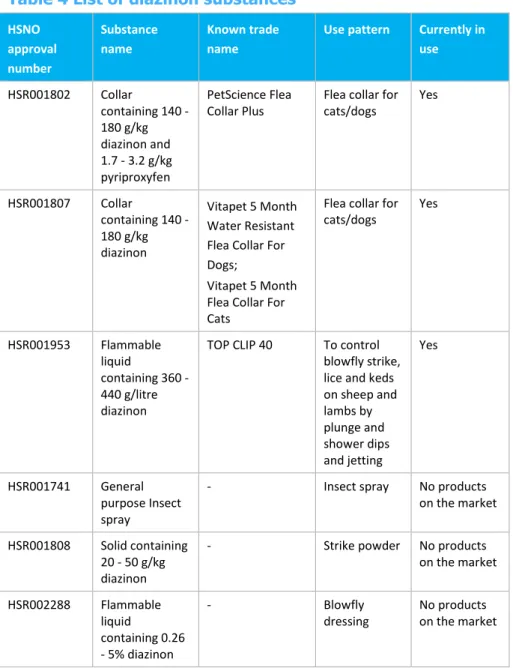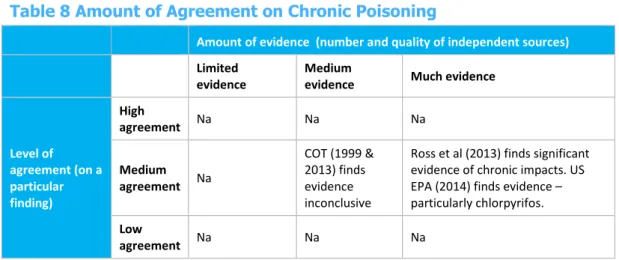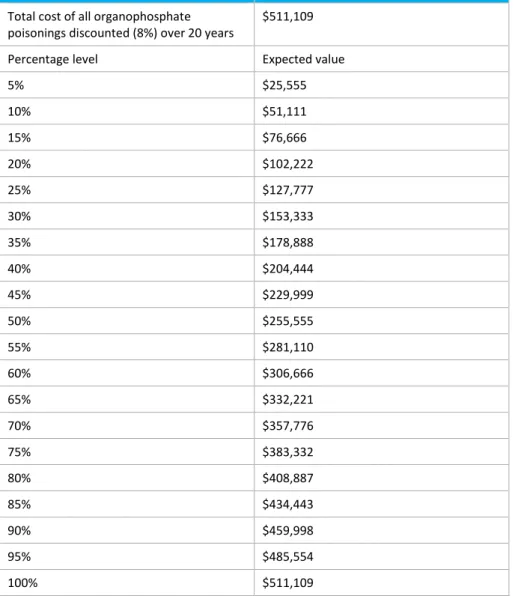This report provides an indicative assessment of the costs and benefits of re-evaluating selected organophosphates and carbamates. The reassessment focuses only on non-crop protection uses of CCD organophosphates and carbamates. Therefore, the baseline assumes greater use of CCD organophosphates and carbamates than actually occurs.
Introduction
This includes evaluating the evidence that may link the use of organophosphates and carbamates to adverse health and. The purpose of this report is to provide a partial cost benefit analysis (CBA) that helps decision makers further understand the pros and cons of withdrawing CCD organophosphates and carbamates for non-crop protection purposes from the New Zealand market. A number of important uncertainties remain about the benefits, for example, uncertain links between the use of organophosphates and carbamates and chronic health conditions, as studies are sending mixed messages and many results are unclear.
The current situation
Context
There is little specific information about market dynamics; however, Pfeffer and Heath (2010) p. 9 indicate that sales in the dog and cat market have been stable over time, while sales in the sheep and beef industry have been declining in line with the sector's decline. Organophosphates and carbamates are usually acutely toxic.9 Organophosphates and carbamates work by inhibiting important nervous system enzymes that play a key role in the transmission of nerve impulses. When exposed to organophosphates and carbamates, the enzyme cannot function and acetylcholine accumulates, which causes disturbances in the transmission of nerve impulses at the nerve endings.
One to several weeks after exposure, phosphate- and carbamate-induced delayed neuropathy and nerve damage may occur. This may start with burning and tingling sensations and progress to paralysis of the lower limbs. Of course, if label directions are followed—especially since most organophosphates and carbamates have restrictions on use—then adequate legal protections are in place to prevent acute exposure.
Understanding of the links between chronic exposures and poor health outcomes is limited, despite much attention being focused on the potential chronic effects associated with occupational exposure to organophosphates. Possible links between exposure to some organophosphates and neuropsychological effects, immunotoxicity, cancer, obesity and diabetes have also been found in some studies, but the evidence is inconclusive. Organophosphates and carbamates are toxic and limiting their use is an objective of regulators in many jurisdictions.
The impact on the environment also depends on the toxicity of the sheep feed that replaces diazinon.

Organophosphates and carbamates being reassessed
- Carbaryl
- Chlorpyrifos
- Diazinon
- Specific proposal
It is also registered for the control of some insects in domestic situations, a range of insect pests in home gardens (see Error! Reference source not found.). Diazinon is a broad spectrum insect control (cockroaches, silverfish, ants and fleas) developed in the 1950s as a replacement for DDT. In the United States, diazinon has been widely used in gardening and for indoor pest control.
Products containing diazinon are registered for use as veterinary drugs; such as sheep dips, a treatment powder for sheep, horses and dogs, and dog and cat flea collars (see Table 4). TOP CLIP 40 To control blowflies, lice and lice of sheep and lambs by immersion and immersion in shower and jet. Under the Hazardous Substances and New Organisms Act (HSNO), the EPA is required to regulate hazardous substances that are imported, manufactured or used in New Zealand.
The purpose of the reassessment is: to carry out a full evaluation of the risks, costs and benefits associated with these [CCD] substances”.11. The fundamental benefit of withdrawing chlorpyrifos and diazinon is a reduction in risk to human health and a reduction in environmental risk. In the "without" reassessment situation, the level of organophosphate and carbamate use will remain the same in New Zealand.
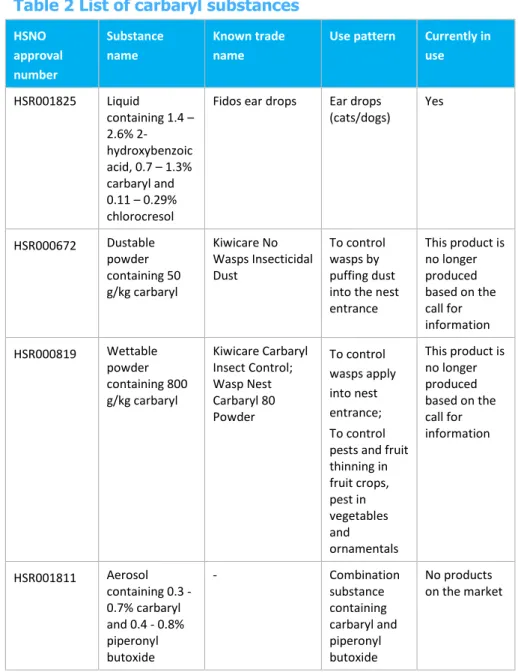
Approach
Counterfactual
We need to establish a baseline to measure what would happen without the reassessment (the counterfactual). The aim is to identify how policies are likely to change over the next 20 years to establish a realistic base case. The counterfactuals used here are regulatory settings prior to any re-evaluation of organophosphates and carbamates for non-crop protection purposes and any likely regulatory progress that might occur.12 This will be used as a basis for measuring the potential costs and benefits associated with the withdrawal of organophosphates and carbamates.
In concrete terms, this means that companies currently withdrawing CCD organophosphates and carbamates from the market would not do so. Current behavior suggests that they have re-guessed the reassessment process and are voluntarily withdrawing CCD organophosphate and carbamate products.13 In the base case, we would also expect other jurisdictions to gradually withdraw organophosphates and carbamates from the market, in line with trends over the past 15 years. 12 The counterfactual scenario looks at other regulatory policies impacting pesticide regulation, other than further reassessments of organophosphates and carbamates.
13 This has come from a number of unrelated industry sources, all of whom wish to remain anonymous. The one we assume here is open to question and should be treated as "work in progress". We assume that the regulatory framework will be similar to that currently in place, with no reassessment process underway.
In the current status quo, initiatives may reduce the amount of organophosphates and carbamates as new, milder chemicals are developed.
Stakeholders
Costs and benefits
Costs
Another consideration is that the cost of some replacement products may be higher, but this is offset by an improvement in quality. So while the older chemistry is cheaper, there is a trade-off between price and quality (effectiveness). Substitutes are available in the specific case of veterinary use for diazinon and chlorpyrifos (see Table 6).
In summary, the withdrawal of CCD organophosphates and carbamates is likely to have negligible costs given the wide range of substitutes and the continued withdrawal of these products from the market. One possible long-term cost is the possibility that some substitute products will be more expensive. Therefore, the removal of CCD organophosphates and carbamates from the market is unlikely to result in costs to New Zealand farmers and dog and cat owners.
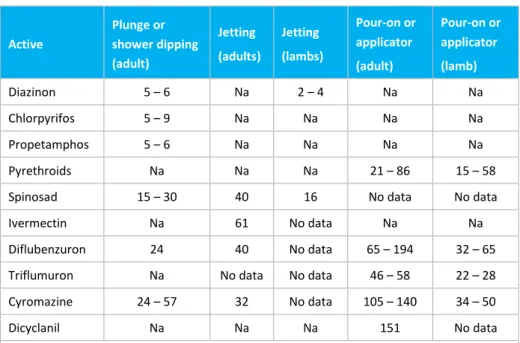
Benefits
Acute exposure will cause a harmful reaction depending on the degree of exposure in the short and long term. From CPHR data we only know how many people were poisoned by organophosphates and carbamates. We have taken the present value calculated above and applied an expected value to the estimate (see Appendix A) to reflect our uncertainty about the benefit, i.e.
We have no data on underreporting in New Zealand, although the EPA has referred to the problem of underreporting in previous reviews.22 In the United States, critics of current statistics suggest that figures are unrealistic and underrepresent the actual number of poisonings. Understanding the health impacts of low-level chronic exposure has not been easy and work continues especially in the United States and Britain. The EPA23 is concerned with the potential health effects of the risk of short and long-term exposure.
The degree of exposure is measured using well-established methods used to perform the risk assessments. There is disagreement within expert opinion and the scientific evidence on the effect of chronic exposure (see section 2.1.3). The CPHR HSSS does not distinguish between chronic and acute poisonings, although we have assumed that most cases are acute cases represented in the HSSS figures.
We have little information on the environmental impacts of CCD organophosphates and carbamates used for veterinary purposes.
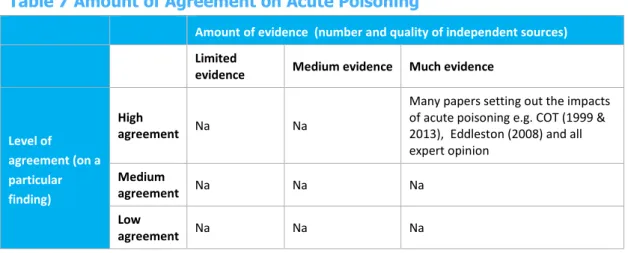
Other issues to be considered
Trade and trade policy issues
This allowed New Zealand to trade in those often restricted markets despite the strict biosecurity, hygiene and other regulations within those markets. However, if New Zealand uses chemicals that our competitors ban or severely restrict their use, New Zealand must take note. The main issue is that New Zealand uses diazinon for sheep dip and the Australians do not.
If regulators act on developed new standards of some description25 in our major markets, New Zealand typically has to comply with those standards, whether they are based on sound science or not. If New Zealand practices differ significantly from our major markets and regulatory measures are introduced which put New Zealand producers in a more difficult position (ie the adjustments to organophosphate and carbamate use are much larger and cause much more disruption in New Zealand) then that becomes a policy consideration. This is a particular concern for older organophosphates and carbamates, such as CCD organophosphates and cabamates, which were introduced in New Zealand in the 1950s and 1960s.
The withdrawal of these organophosphates and carbamates in the developed world may trigger regulatory authority or buyer actions that disrupt marketing efforts. None of these issues are likely to be bought to wear for the next five years. However, New Zealand's policy settings need to be aware of the micro-steps occurring in our major markets and by competitors and adjust their settings accordingly.
25 For example, in the late 1970s, European authorities prescribe new hygiene standards for meat factories in New Zealand.
HSNO Act considerations
Distributional issues
Results
Costs
Benefits
A potentially even greater long-term benefit is ensuring that New Zealand's environmental practices do not deviate from policies and practices developed by competitors (e.g. Australia) and in New Zealand's key markets. Being an outlier in the longer term use of organophosphate and carbamate may mean incurring significant adjustment costs if these products are banned or if competitors gain a marketing advantage from not using selected organophosphates and carbamates. Small in the short term (next five years), potentially large over time, especially if New Zealand becomes an outlier in organophosphate use.
Note (1) Benefit to the New Zealand public in knowing that the use of organophosphate is properly managed. 2) For example, bequest value to the general public.

Conclusions
